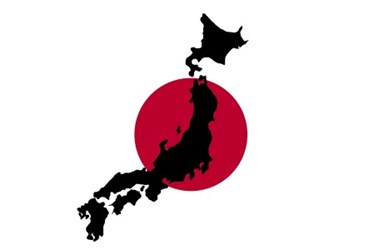Will Deregulation Save Healthcare Robotics In Japan?
By Chuck Seegert, Ph.D.

Sweeping changes have been proposed to Japan’s robotics regulatory environment, an area that some say is stifling innovation. If successful, Japan’s tiny healthcare robotics segment could tap into the country’s vast potential and expertise.
Japan is said to have the greatest population of robots in the world, but their technological edge is diminishing as other nations like the United States and Germany continue to make significant investment into robotic technologies. A growing concern in Japan is that over the years, increased regulatory stringency has led to a drop in innovation at home that has enabled foreign competitors to forge ahead.
"If you asked the authorities, they wouldn't say they kept medical devices from reaching the market, but as far as academics and companies are concerned they stopped Japanese research cold," said neurosurgeon Tetsuya Goto, a professor at Shinshu University in central Japan, in a recent story from Reuters.
Goto felt the shift in regulatory pressure acutely, as a robotic research project he had been leading for over seven years was slowed to a crawl, according to Reuters. While his robotic project was confined to a laboratory setting, he witnessed the da Vinci system, a rival robotic surgery system approved in the U.S., enter the Japanese market and experience significant success.
In July, the Japanese Prime Minister revealed a plan to undertake sweeping regulatory reforms, which he felt would triple the Japanese robotics market to a whopping $21 billion by 2020, according to Reuters.
"We think robotics can make Japan competitive again," said Atsushi Mano, director of robotic technology at the trade ministry's New Energy and Industrial Technology Development Organization, in the Rueters story.
As a sign of their commitment, Mano’s organization has recruited Kawasaki Heavy Industries and Panasonic Corporation to develop a competitive technology to the da Vinci system, according to Reuters. Additionally, the trade ministry was instrumental in convincing the health ministry to relax certification procedures for medical devices used in nursing homes on a trial basis. One example of robotics in this setting is a robotic nursing bed developed by Panasonic that was recently cleared for use. The bed, with a patient in it, folds into a wheelchair to eliminate the need for caregivers to lift patients.
Currently, healthcare robotics in Japan is a very small market sector, but some observers feel that it has vast potential, according to Reuters. Robotics used to provide healthcare services could overtake industrial uses within a decade if the right regulatory stimulus is provided.
Japan has developed a robotic bed for the nursing home environment, but other uses for robotics in the assisted care environment are moving forward as well. Recently an assisted care robot that provides a system of in-home care for the elderly was discussed in an article on Med Device Online.
